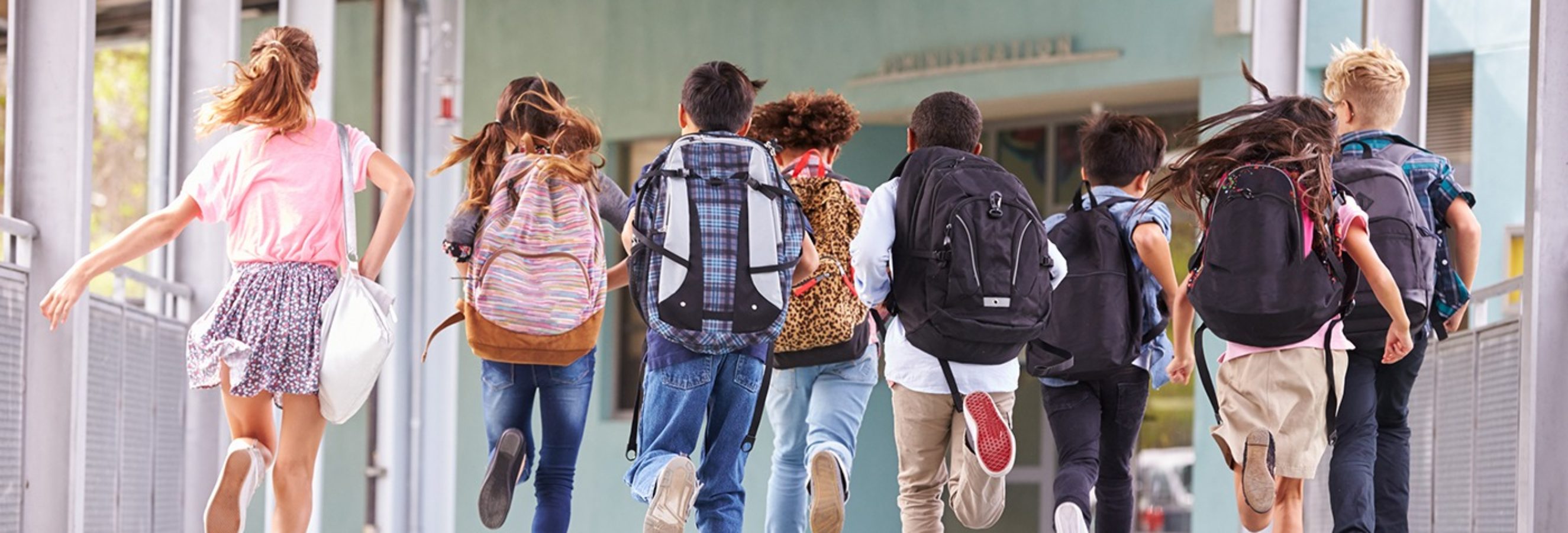There’s still a lot of uncertainty over what back-to-school will look like in the fall and how it will affect shopping behavior. Key back-to-school-shopping insights indicate that nearly two-thirds of parents and guardians expect their kids to return to in-person learning, suggesting a more traditional back-to-school shopping season. Last year, back-to-school shopping was delayed until September given all the uncertainty about reopening but this year with vaccines having calmed fears, it looks like shopping will start at the end of July and peak in early August as it traditionally has.
Shopping Behavior Defined by Online or In-Person Learning
Back-to-school shopping insights indicate what people shop for will tend to follow whether their kids are continuing to study online or are returning to in-person. While electronics dominated back-to-school shopping in 2020, this year staples like backpacks, clothes, shoes, and lunchboxes are topping the list. However, not all kids are returning to in-person learning, so for these shoppers, electronics and furniture will continue to do well instead of back-to-school basics and household items. Online shopping for school supplies will continue to outpace previous years but around two-thirds of shoppers want to return to brick and mortar stores.
Big Box Stores Dominate
Big Box stores like Walmart and Target are leading the way with fully 80% of respondents saying that they will shop at these retailers for basic back-to-school supplies like pencils and backpacks (Tinuiti). Some of the key aback-to-school-shopping-insights for Big Box retailers are:
Safety
Nervous shoppers are all about safety first. By offering frictionless checkouts like curbside pickup and in-store pickup, Big Box retailers cater to a wider audience by attracting people who are comfortable going into stores as well as those that still have safety concerns.
With the emergence of the Delta variant, safety concerns are still top of mind. Retailers would be wise to use plenty of messaging around safety protocols to put shoppers at ease. Those using curbside pickup and order pickup will more easily be enticed back into stores if social distancing messaging is clear. Offering store discounts and cross-sell reminders delivered via mobile alert to pick up forgotten or impulse items is another way to get shoppers back in store.
School Choice Drives Shopping Choice
Students’ schooling environment for the coming year determines how families approach back-to-school shopping, from timing to prioritizing products. Online learners may tend to hold off until the start of school to shop while in-person learners will start earlier at the end of July and beginning of August. There are also regional shopping patterns based on local policy for school re-openings and considering this in your brand marketing mix is important.
Strategies for Retailers
There’s an opportunity for retailers to bundle categories in new ways. For at-home learners it might be electronics combined with other household items. For in-person learners, it might be more traditional back-to-school items combined with items that are required for a safe return to school. Merchandising these products together or providing discount offers based on schooling needs could provide relevant solutions to back-to-school shoppers.
Conclusion
There still is no “one size fits all” for this back-to-school season. Conditions continue to evolve, and retailers and brands must pay attention to shoppers’ schooling and shopping preferences and be mindful of regional variations to deliver the right mix of products, content, and promotions. Any approach should be agile and collaborative so that messaging reflects shoppers’ current needs to build loyalty for better times ahead.


